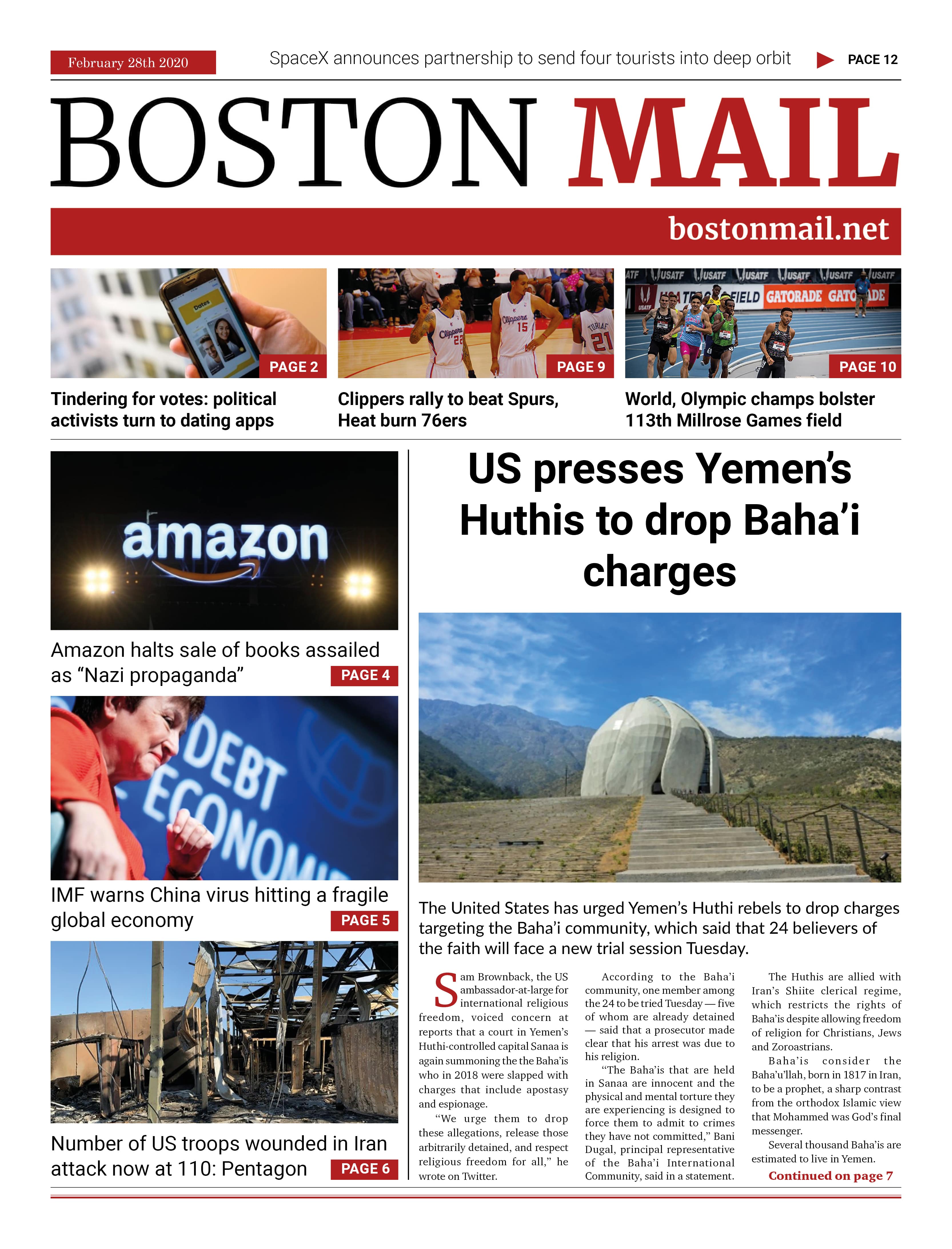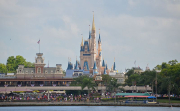
The U.S. dollar experienced a decline on Monday after news broke that the country's services sector barely grew in May, with a slowdown in new orders. This came as a reversal of the initial
rally triggered by strong job growth.
The Institute for Supply Management (ISM) reported that its non-manufacturing PMI dropped to 50.3 last month, down from April's reading of 51.9. A reading above 50 indicates growth in the services industry, which accounts for over two-thirds of the economy. Economists surveyed by Reuters had anticipated a slight increase to 52.2 for the non-manufacturing PMI.
Analysts noted that the jobs report might have provided a more accurate signal, with Bill Adams, chief economist for Comerica Bank, suggesting that the uptick in the unemployment rate was more significant than the solid increase in payroll employment.
Although U.S. job growth exceeded expectations in May, with an addition of 339,000 jobs, the rise in the unemployment rate to a seven-month high of 3.7% indicated a softer labor market.
Initially, the dollar had strengthened as the robust job gains raised expectations that the Federal Reserve would continue hiking interest rates due to elevated inflation levels.
Brian Daingerfield, head of G10 FX strategy at NatWest Markets, highlighted the surprising strength of job gains, stating, "The labor market continues to be very strong."
The dollar index fell to 104.00, a 0.13% decrease for the day, after briefly reaching as high as 104.40. It remains just below the 11-week high of 104.70 reached on May 31.
Meanwhile, the euro rose 0.07% to $1.0712, slightly above the lowest level since March 20, recorded on May 31 at $1.0635.
Against the yen, the greenback declined by 0.27% to 139.60. On May 30, it had reached 140.93, marking the highest level since November 23.
Market expectations suggest that the U.S. central bank is likely to keep rates unchanged in June. However, according to the CME Group's FedWatch tool, fed funds futures traders are pricing in a 65% probability of at least a 25 basis points rate hike by July.
Analysts believe that a decision by the Federal Reserve to hold its benchmark interest rate steady should not be interpreted as an end to the tightening cycle. Brian Daingerfield explained, "You could think of a skip as maybe part of the slowing of the tightening cycle rather than a pause in the tightening cycle."
Federal Reserve officials are currently in a blackout period ahead of the June 13-14 meeting. The next major U.S. economic release will be the consumer price inflation data for May, scheduled for June 13.
In anticipation of the Reserve Bank of Australia's interest rate decision on Tuesday, the Australian dollar saw a slight increase. Wells Fargo analysts Erik Nelson and Jack Boswell recommended buying the Australian currency against the U.S. dollar and British pound, stating that the markets are underestimating the likelihood of a rate hike by the RBA. They expect a hike and further guidance from the RBA, which could result in an upgrade to terminal rate pricing and a significant rally in the Australian dollar. Photo by Aido2002 at English Wikipedia.











































